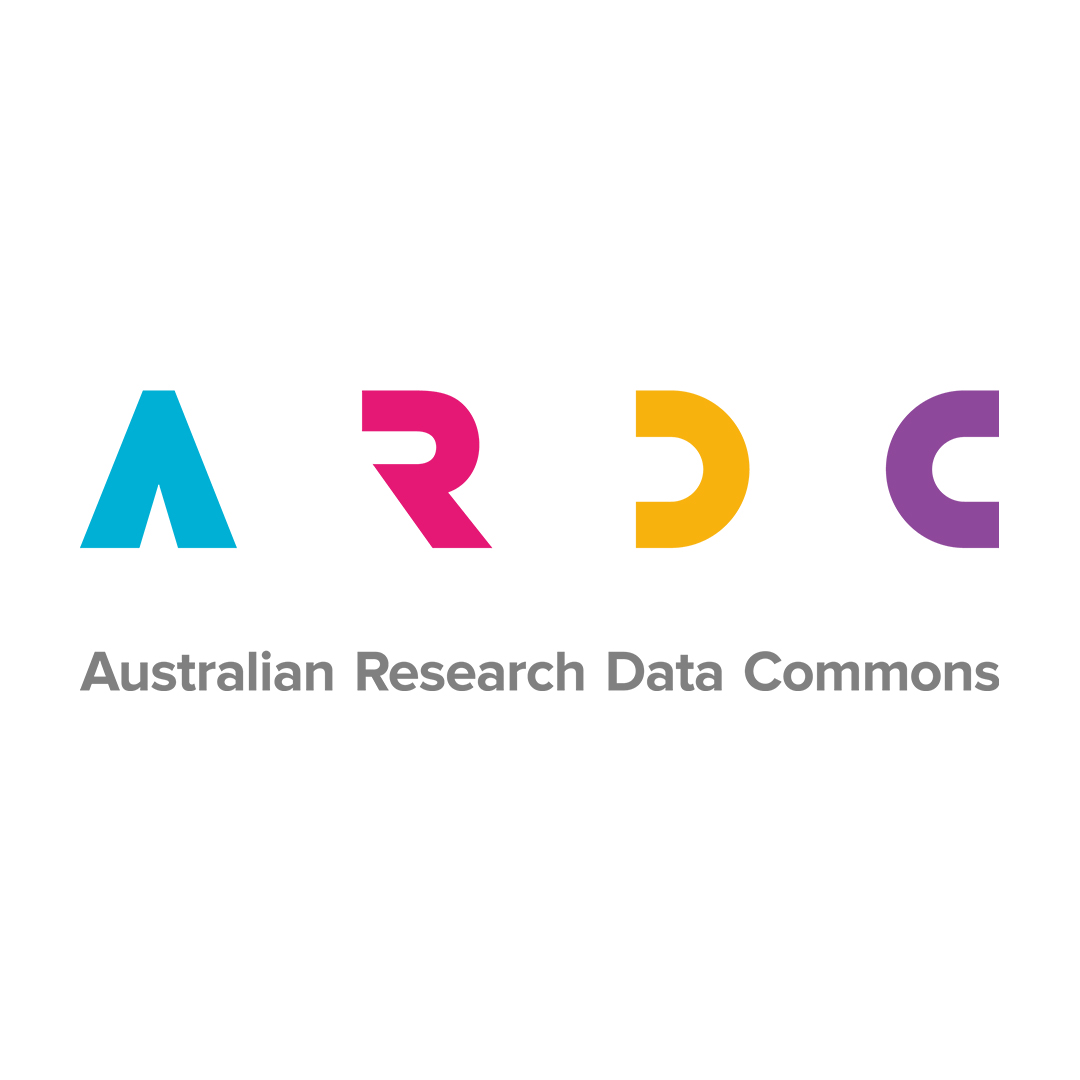Full description
Cross-sectional comparative descriptive analysis of distribution of primary outcome measures between genders and between age groups; 18-50 years and over 50 years, and between healthy vaccine recipients, and those who report autoimmune conditions or immune suppression. Multivariate analysis including continuous explanatory variables describing baseline lymphocyte count and subset ratios, proportion of CD8+ T cells expressing activation/senescence markers; CD28, or CD57, percentage of CD20+, CD27+ B cells, with humoral and cellular immune outcomes will be investigated. Furthermore, the presence of genetic markers, including but not limited to human leukocyte antigen classes will be examined in relation to immune response markers (lymphocyte subsets and induction of SARS-CoV2 spike antibody and whole blood cytokine induction) at one month post vaccination. Associations with demographic, health, social and well-being, medication indicators and immune response outcomes at baseline and one month post vaccine boost will be examined. The effect of other environmental exposures; airborne pollen, air quality indicators (PM2.5, PM10), smoking, or weather (temperature, humidity, precipitation, solar radiation) will be considered in secondary analysis of factors effecting vaccine outcomes and vaccine induced immune responses.Notes
HeSANDA 1.0.0Collected: 2021-08-06
Collected: 2022-06-24
Data time period: 2021 to ,
Data time period: 2022 to ,
Spatial Coverage And Location
text: Queensland, Australia
User Contributed Tags
Login to tag this record with meaningful keywords to make it easier to discover
Queensland Health
ROR :
https://ror.org/00c1dt378![]()
Metro North Hospital and Health Service
Other : https://metronorth.health.qld.gov.au/
- DOI : 10.60540/Y00EDE

- Handle : 10072/428225



